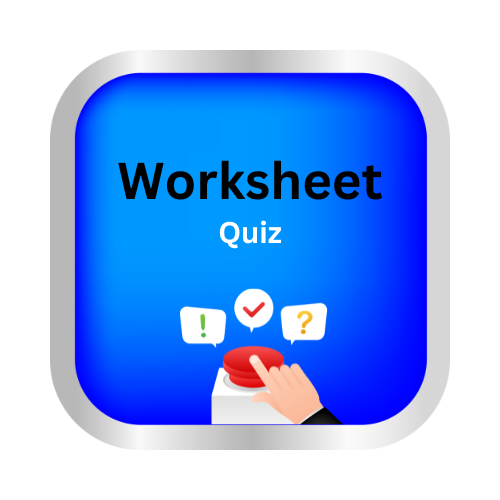Form and use the regular past tense
Key Notes:
🌈 Form and Use of the Regular Past Tense ⏳
| What is the Regular Past Tense? |
The regular past tense shows that an action happened in the past ✅.
It is called “regular” because we add -ed to the base form of most verbs.
Examples:
- play → played 🎾
- jump → jumped 🤾
- talk → talked 🗣️
| Rules for Forming the Regular Past Tense 📝 |
1. Most verbs: just add -ed
- walk → walked 🚶
- clean → cleaned 🧹
2. Verbs ending in ‘e’: just add -d
- love → loved ❤️
- bake → baked 🍰
3. Verbs ending in a consonant + y: change y → i and add -ed
- try → tried 💪
- carry → carried 👜
4. Verbs ending in vowel + y: just add -ed
- play → played 🎮
- enjoy → enjoyed 😄
5. Doubling the final consonant (for short vowels + single consonant)
- stop → stopped ✋
- hop → hopped 🐇
| Using the Regular Past Tense in Sentences ✨ |
Affirmative Sentences ✅: Subject + Verb(-ed) + Object
- I played football yesterday. ⚽
- She cleaned her room last night. 🧼
Negative Sentences ❌: Subject + did not (didn’t) + base verb
- I did not play football yesterday. 🚫⚽
- They didn’t clean their room. 🧽
Questions ❓: Did + Subject + Base Verb?
- Did you play football yesterday? ⚽
- Did she clean her room? 🧹
| Time Words Often Used with Past Tense ⏰ |
- yesterday 🗓️
- last night 🌙
- last week 📅
- ago ⏳
- in 2020 📆
Examples:
- I visited my grandma last week. 👵💐
- They watched a movie yesterday. 🎬
| Tips to Remember 💡 |
- Regular past tense = mostly verb + ed.
- Watch out for y → i and double consonants.
- Use did + base verb for negatives and questions.
- Look for time words to know if the past tense is needed.
| 🌟 Fun Practice Activity |
Fill in the blanks with the correct past tense form:
- I _______ (play) cricket yesterday. 🏏
- She _______ (try) a new recipe. 🍳
- We _______ (visit) the museum last week. 🖼️
- He _______ (stop) running when it started raining. 🌧️
✅ Answers: played, tried, visited, stopped
Let’s practice!🖊️

